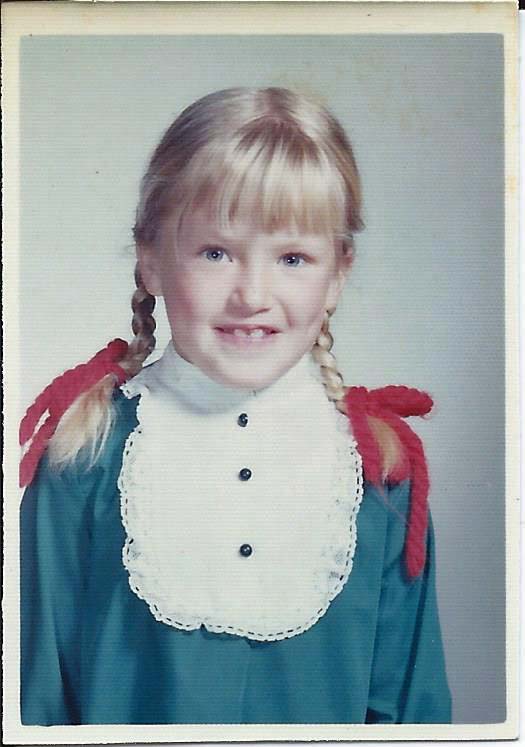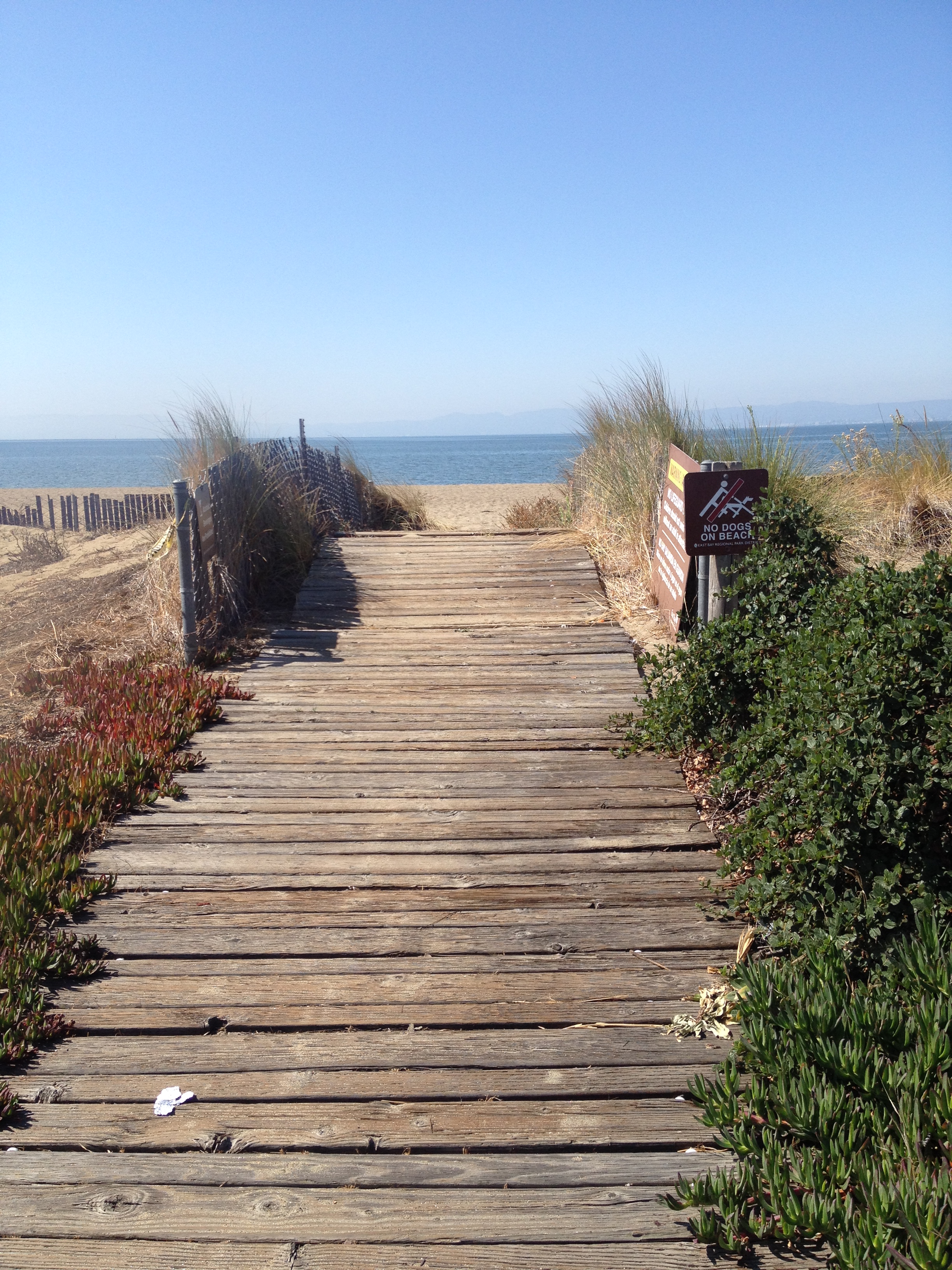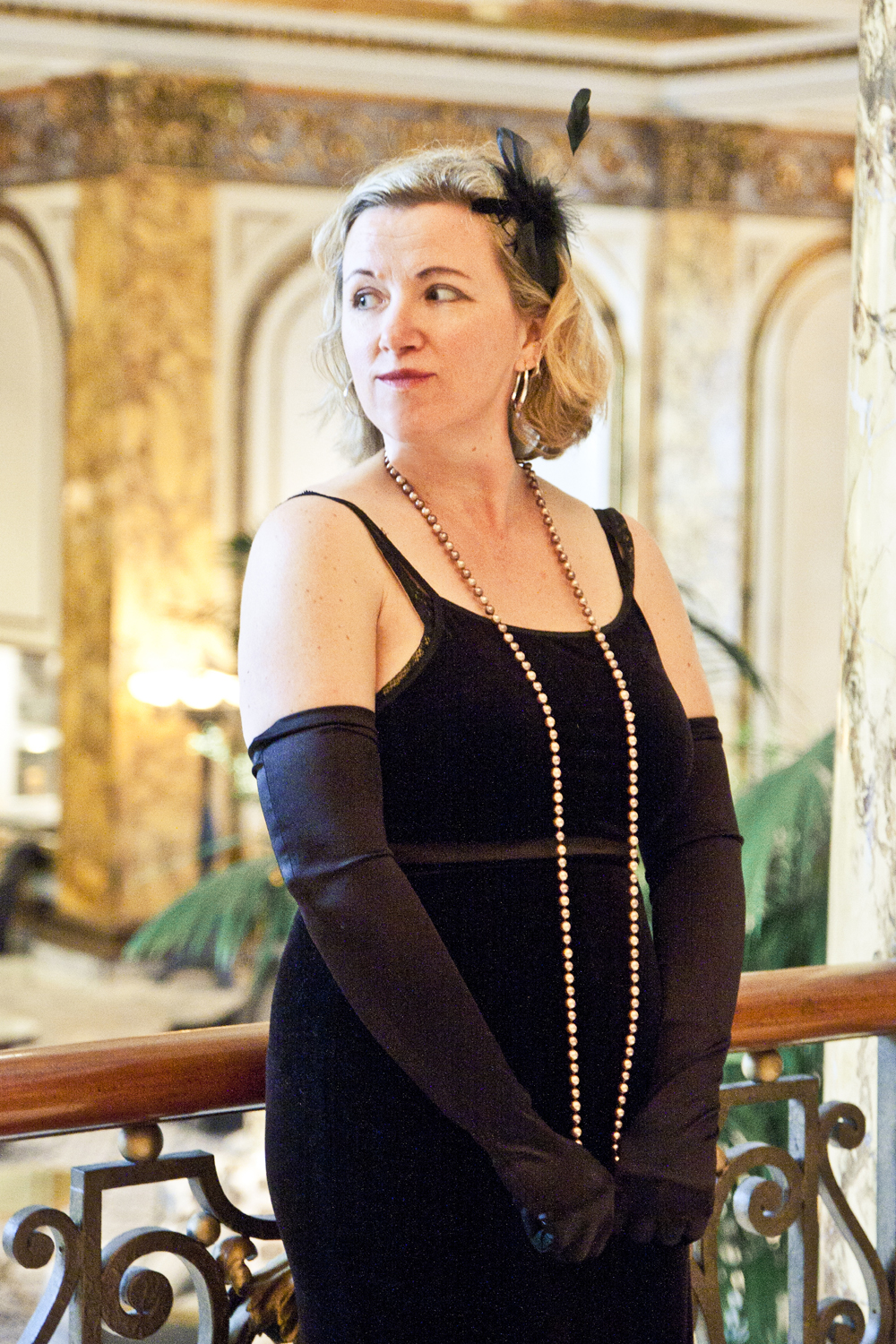random
-
Taming the Beast
At the time I began to learn how to drive, I must admit, I knew nothing about cars. All I knew was what I had learned in the portable classroom at Petaluma High School. The thin newsprint pages of the California Department of Motor Vehicles Handbook offered plenty of theoretical information, what-ifs and wherefores, but nothing in the way of practical how-tos. In that classroom, awash with fluorescent light, crowded with graffiti-emblazoned student desks, I took my turn at the faux driving console to test my reflexes. When the light changed from green to red, “Hit the brakes,” we were told. I did, though how fast my reflexes were, I…
-
Writing What Scares You
I have written a few essays lately, inspired by the lovely and talented writers Jordan Rosenfeld, Rachel Thompson and Lillian Ann Slugocki, that scared the bejeebers out of me. Actually, the work scared me even more than that, but I’m trying to be polite. And what I’ve discovered is that it’s harder than I ever thought to put certain words and experiences down on paper. But it also feels better than I expected to have done so. I’ve had a couple of stories in my mind for many years that I thought, “Someday I will write that down. Someday, I’ll put that on paper and everyone will read it and know how…
- appreciation, Catching Up, gratitude, indie pub, My World and Welcome to It, novel, poetry, random, tea, work, writing
What I’ve learned: Publishing and the march of times
When I was in my twenties and reading voraciously and spewing poetry on the page like a hydrant hit by a drunk driver, I wanted to get published more than I wanted a happy marriage, a suburban house and 2.5 children. In fact, I didn’t have a happy marriage, although we did get that house, and three whole children; my desire to be published outlasted everything but the children, who are grown up and doing very well on their own now; thanks for asking. I subscribed to Writers Digest and Byline Magazine, and kept a journal and wrote every single day, if I could, if I didn’t have sick babies…
-
the Ayatollah of plastic
Do you think I’m judging you? By the looks on people’s faces these days, they do. Since I started the Plastic Purge, just about everyone who talks to me says, “Well, it was plastic, but…” or, “You would have hated it, there was so much plastic…” and, “I know it’s plastic, but…”. There are the more aggressive folks who kind of snarl at me, “Is that plastic? Are you drinking out of a plastic cup? Is your Bandaid plastic?” It’s kind of funny. I suppose I’m making them think about their own choices, and that might make them a little uncomfortable. I’m not really the Ayatollah of plastic, though. I’m just a…
- Challenge Update, food, green, My World and Welcome to It, plastic, random, rants, sustainable living
just one word
Sorry I missed yesterday — family comes before work (otherwise, what’s the point of work?) Friday I spent most of my day at home, working on various projects, and did not come across much plastic just drifting across my path. I was sewing, and reached for a new spool of thread. That’s when I saw that it was sheathed in plastic, I guess to keep it clean or from unspooling. Funny, the more expensive brands of thread don’t use plastic; just the cheap thread, those that I grabbed 5 for $1. And guess what? Made in China. I don’t know this for a fact, but I’m guessing that it’s difficult or impossible…



